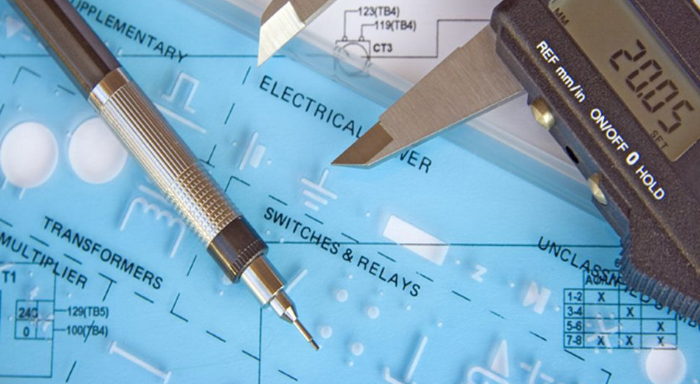
Many OEM developers have now modularised their products so it is time to reap the benefits. However, sometimes knowledge about product modularisation is in danger of disappearing into ‘the blue books’ to collect dust. Chances are that market demand is defined just a little bit different than was agreed upon and/or recorded. A real shame, because reuse of this knowledge can be extremely valuable.
The best way to provide access therefore is by designing a product configurator. In this article I will give several tips for securing and unlocking knowledge by means of the product configurator.
Most of the data and knowledge is inside people’s heads; when should or must something be applied. The combination of modules remains unique per project. A configurator makes this knowledge available within an organisation. The path leading towards this is influenced by many factors and raises questions about how to organise it, with which package, and who is involved. Nevertheless, there are several practical and universal tips for organising a configurator to secure knowledge for reuse. Below, you will find five of these tips:
Tip 1: use the configurator throughout the organisation
Make sure the configurator is accessible for all interested parties and use it across the entire organisation. Preferably as integrally as possible and prevent it becoming only ‘a small tool’ for just one department. Not only quotations, technical specs and bill of materials, but also drawings, spare-part lists, manuals and Fat and Sat checklists, can be generated with a product configurator. This way, you will prevent unnecessary hand-overs and (often history-based) repetitive work.
Tip 2: work from one source
One huge source of irritation (and costs of failure!) is removed when organisations start working single source, or from one source. This prevents sub-optimalisations and staff members and departments working individually. It creates a uniform offering to outside parties, which may include a technical specification that corresponds with the quotation or a manual which is identical to the one the user has. Exactly the way you would like it to be.
Tip 3: use a professional package
Use a professional configuration package. Although Excel is very flexible, accessible and available to everyone, it also has its disadvantages and can quickly become an unsustainable, difficult to manage or hard to expand document. Control is impossible by copying it, so that on an internal level sub-optimalisations are created and on an external level knowledge will ‘become public’. A professional configurator can clearly offer a lot of benefit in this matter.
Tip 4: work in stages
When you completely design and map everything, you will risk becoming obsessed with small irrelevant problems. These so-called elephants in the room will obstruct your work method and therefore it is better to take small steps to ensure that you will not focus on just one problem. Start out with a general strategy with a clear direction and goal and work in small steps, and when the time is right, you will look at these problems in a totally different way. The people involved will stay motivated and it increases the chance of being successful.
Tip 5: Let the configurator move along with the market
Underlying the business case for designing a product configurator, is finding a correct balance between market demand and market offer with regard to the configurable system. In many cases it is wise not aiming to support all customer queries with a product configurator, but stick to the 80/20 rule here. After the choice has been made the world will continue to change because client demand will always be subject to various trends. Make sure that you measure the right way and continue adjusting on the basis of these measurements. What percentage of my orders goes via the configurator, why are orders not being won, how many order-specific work is needed, how far am I from my initial objective? All relevant questions. Also, set up clear KPIs and make it measurable. This can be percentage (scored) orders, hours order-engineering per mio, order turnaround time, recycling level of modules, number of new components per order, etcetera.
With its Bridging the Future programme, Post en Dekker offers a strategic approach for creating integral flexible production chains. Based on more than fifteen years of success with leading OEM developers, we make product designs and order creation processes lean. At the same time we offer a turn-around in order to keep the organisation of the OEM developer enduringly innovative and make their work process ‘knowledge-based’.











